Whether your goal is muscle building, fitness enhancement, or improving sports performance, incorporating squats and deadlifts into your workouts is crucial. As a fitness expert with over 30 years of experience in powerlifting and bodybuilding, I understand the importance of effective exercise planning. A common dilemma is whether to combine squats and deadlifts on the same day, especially during leg day routines or total-body workouts.
In this article, I’ll discuss the pros and cons of squatting and deadlifting on the same day, drawing on decades of knowledge and experience.
We will cover:
- Can You Do Squats And Deadlifts On The Same Day?
- Squats and Deadlifts on Different Days
- Squats and Deadlifts on The Same Day
- Which Option Is Best?
- Wrapping Up
Let’s delve into how to optimize these fundamental compound exercises for your training goals.
Can You Do Squats And Deadlifts On The Same Day?
Considering adding both squats and deadlifts to your workout on the same day? It’s a common question, especially given the intensity of these exercises.
Yes, you can do squats and deadlifts on the same day. However, whether you should depends on your fitness goals.
Level Up Your Fitness: Join our 💪 strong community in Fitness Volt Newsletter. Get daily inspiration, expert-backed workouts, nutrition tips, the latest in strength sports, and the support you need to reach your goals. Subscribe for free!
In this article, we’ll briefly explore the pros and cons of combining these exercises in one session, helping you decide the best approach for your routine.
Squats and Deadlifts on Different Days
Most lifters squat one day and then deadlift a few days later, i.e.:
- Monday – squats
- Thursday – deadlifts
This arrangement makes a lot of sense for several different reasons.
1. Less fatigue
Squats and deadlifts involve many of the same muscles, and doing them both on the same day means your workout could be exhausting.
You probably won’t have the energy for many additional exercises if you squat and deadlift on the same day. Separating these big lifts by several days means your workout won’t be as tiring.
2. Lift more weight
Whether you squat or deadlift first, the fatigue from one exercise will affect the second. That’s not such an issue for bodybuilding, but if you want to maximize your strength, lifting less weight could affect your results.
3. Give your lower back a break
Both squats and deadlifts involve a lot of lower back activation. Doing squats and deadlifts on the same day could increase your risk of lower back pain and injury. Doing heavy squats or deadlifts with a tired lower back could affect your technique.
4. More training volume
If you squat and deadlift in the same workout, you probably won’t be able to do many sets of both exercises. Time and energy will soon start to run out.
If you train these big lifts separately, you’ll be able to do more sets of each one. Volume is an important training variable for building strength AND muscle size.
5. Legs one day, back the next
While squats are clearly a lower body exercise, deadlifts are a little harder to categorize. While deadlifts do involve the legs, a lot of lifters view them as back exercises.
Doing squats one day and deadlifts on another means you can treat deadlifts as a back builder rather than just another leg exercise.
This makes working squats and deadlifts into a body part split much easier and, subsequently, explains why this approach is popular with bodybuilders.
6. More time per lift
Squatting one day and deadlifting the next means you have more time to spend on each movement compared to training them together.
This can be useful if you are still learning how to do these exercises properly or want to increase your performance by doing extra sets of deadlifts or squats. More time per lift means you can focus all your energy on one exercise at a time, which may lead to faster progress.
7. You can use more variations
With an entire workout dedicated to either squats or deadlifts, you have all the time you need to use some interesting variations as well as the original version of each lift.
For example, on squat day, you could also do box squats, banded squats, and/or paused squats. You won’t have the time or energy to do that if you squat and deadlift on the same day.
While squatting and deadlifting on different days usually works well, there are a couple of disadvantages:
Level Up Your Fitness: Join our 💪 strong community in Fitness Volt Newsletter. Get daily inspiration, expert-backed workouts, nutrition tips, the latest in strength sports, and the support you need to reach your goals. Subscribe for free!
- You’ll have to do two hard and heavy workouts using similar exercises twice per week
- Some lifters may struggle to recover between their squat and deadlift workouts
- Missing either the squat or deadlift workout could throw off your entire training plan
Squats and Deadlifts on The Same Day
Just because most lifters do squats one day and deadlifts the next doesn’t mean you’ve got to follow the herd. Squatting and deadlifting on the same day can also work. In fact, powerlifter Andy Bolton, the first man ever to deadlift 1000lbs, used this approach and wrote about it extensively in his book “Deadlift Dynamite.”
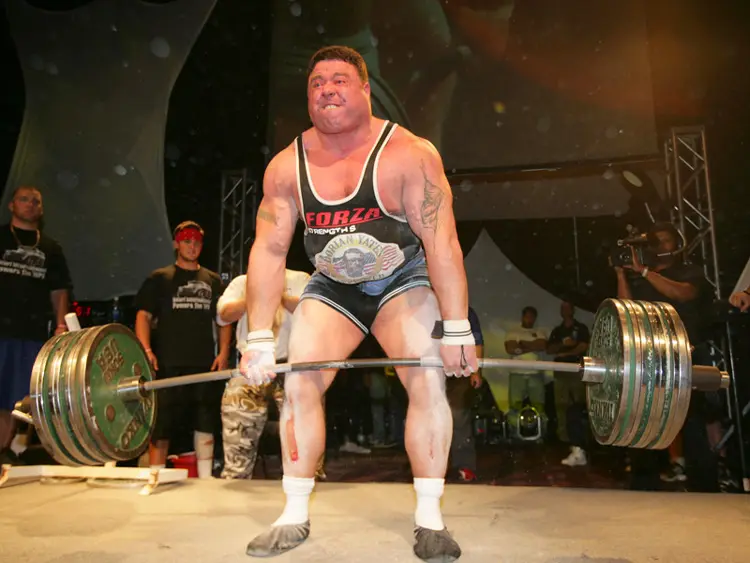
If you choose to squat and deadlift in the same session, you should squat first and deadlift second. If you are a powerlifter, that’s the order you’ll be doing the lifts in competition, so it makes sense to use the same order in training.
Also, you need a well-rested back to maintain a neutral spine. Squats involve mostly the legs and hips, and lower back activation is relatively low. In contrast, deadlifts involve less legs and more hips and lower back. Squatting with a fatigued lower back could result in serious injury, even if you wear a weightlifting belt.
If you’ve never squatted and deadlifted in the same session, make sure you reduce your training volume and intensity until you become accustomed to such a demanding workout.
For example, do fewer sets of squats, and use lighter weights for your deadlifts. Gradually increase training volume and intensity over several weeks or months.
The advantages of squatting and deadlifting on the same day include:
1. Powerlifting-specific
Powerlifters compete in the squat, bench press, and deadlift all in one day. They get three attempts at each lift, and the athlete with the highest total wins.
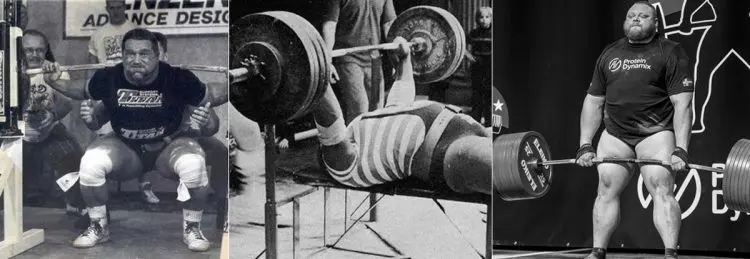
Doing squats and deadlifts on the same day replicates the lifting order and demands of competitive powerlifting. It is arguably the most sports-specific way for a powerlifter to train.
2. Less warm-up required
Because squats and deadlifts use similar muscles and movements, you probably won’t need to spend too long warming up for the second exercise. Warming up for squats and deadlifts can be very time-consuming, so doing both these lifts on the same day may make your workouts shorter.
3. Increased muscle potentiation and activation
Heavy squats will really fire up your nervous system, which could boost deadlift performance. Plus, because deadlifts use a shorter range of motion than squats, deadlifts may feel slightly easier too.
4. Fewer sets required
There are some significant muscle overlaps between squats and deadlifts. Subsequently, you’ll get a good training effect from the second exercise even if you do fewer sets.
For example:
- Squats – 6 sets of 3 reps
- Deadlifts – 3 sets of 3 reps
While the volume for deadlifts is significantly lower than for squats, the fatigue from the first exercise means your deadlift workout will still be effective.
5. More recovery time
Training squats and deadlifts together mean you have a whole week to rest and grow before working those movements and muscle groups again. However, if you squat one day and then deadlift just 2-3 days later, you have less time to recover, and that could affect your progress.
2-3 days of rest SHOULD be enough if you are lifting moderate weights or recovery quickly between workouts. But, if you are lifting very hard and heavy, are older, or recover more slowly between workouts, the extra time you get from doing both exercises in the same session could be very welcome.
6. Reciprocal benefits
While squats and deadlifts are standalone exercises, it could also be argued that one is an accessory exercise for the other.
Working on your squat will boost your deadlift performance, and vice versa. Training both exercises in the same workout is not really that different from doing a main lift followed by an accessory movement.
Squatting and deadlifting on the same day might not be the most common training approach, but it works.
However, drawbacks to consider include:
- There won’t be much time or energy for assistance exercises
- You may have to reduce your training volume
- Performance of the second exercise will be affected by the first
- This could be a very long workout if you are training for strength, using very heavy weights, and take 3-5 minutes between sets
Which Option is Best?
So, is it better to squat and deadlift on different days, or should you do these exercises in the same workout? Sorry, there is no clear cut, absolute, one size fits all answer!
It very much depends on what you are training for, your level of experience, the time you have available for training, and your personal preferences.
Reasons to squat and deadlift on different days include:
- You want to focus on one lift at a time
- You are a bodybuilder
- You recovery quickly between workouts
- You use a body part split
- You like to use a variety of accessory and assistance exercises
Squatting and deadlifting in the same workout may be preferable if:
- You are a powerlifter
- You recover more slowly between workouts
- You are already a decent squatter and deadlifter
- You prefer to train less often
- You want to replicate the demands of competitive powerlifting in training
If you are still unsure, try each approach for 6-8 weeks and see how you get on. Let your results determine the best method for you.
Alternatively, you could COMBINE these methods, e.g.:
- Monday – squats and deadlifts
- Thursday – squats OR deadlifts (alternated week by week)
Wrapping Up
As with all things training related, there is always more than one way to achieve your goals. There are no absolutes! What works well for one person might not work for another, so it’s up to you to experiment and discover the best way to reach your workout goals.
Squatting and deadlifting on the same day and different days both work – and there are successful proponents of these very different options. There are also pros and cons to consider. Before you make up your mind, try both of these lifting strategies to see which one produces the best results.

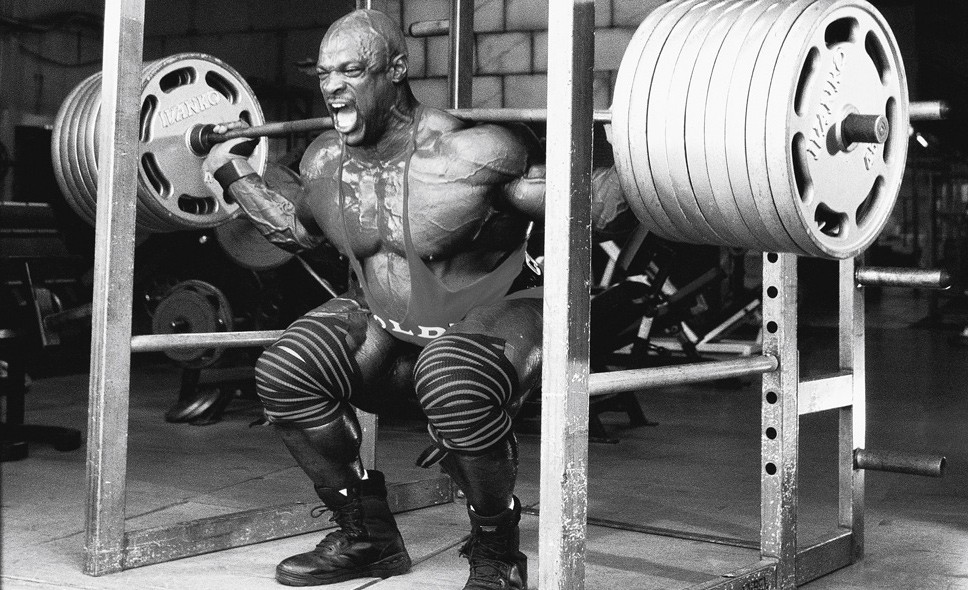
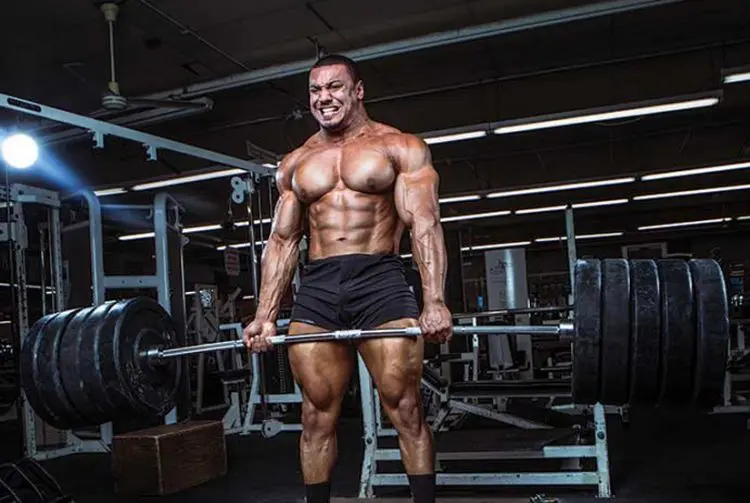
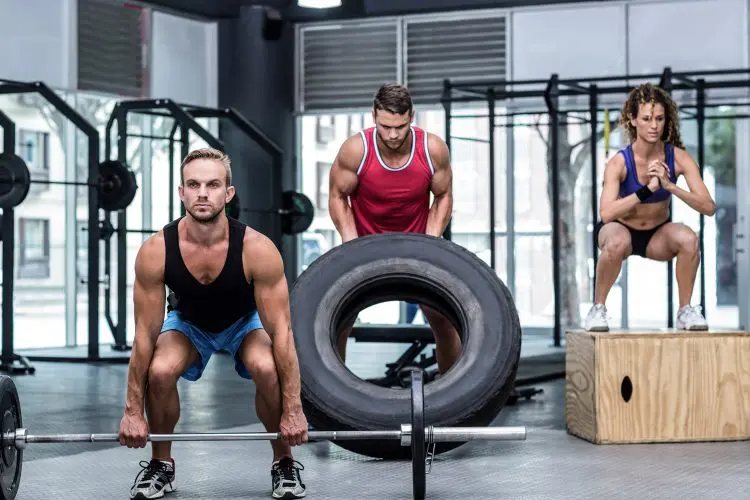









Both options work well given that they suit your psychology and physiology.
People have succeeded both ways. However, recovering from very heavy max effort type squats and deadlift in same week is also very challenging and many successful powerlifters like Lillibridge family use heavy squats and light deadlift one week in same workout and then heavy deadlift and light squats next week to optimize recovery.